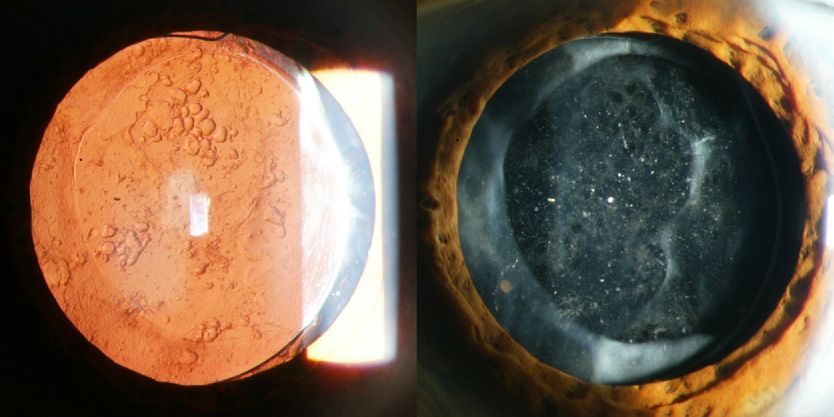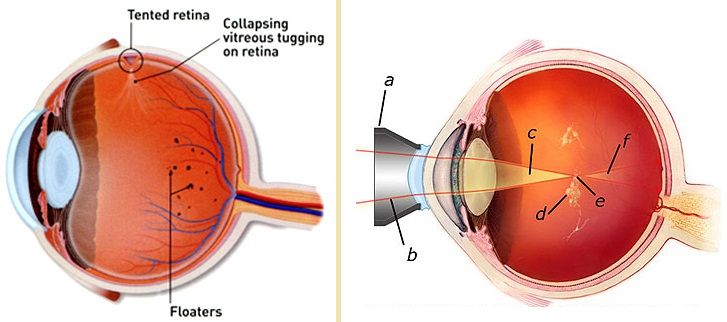Problems after cataract surgery are rare but can occur. Sometimes the tissue that encloses the artificial intraocular lens becomes cloudy and blurs the vision. This is known as a secondary cataract, even though it’s not a true cataract. This can develop months or even years after cataract surgery. This outpatient procedure is treated with a laser, called YAG laser capsulotomy.




